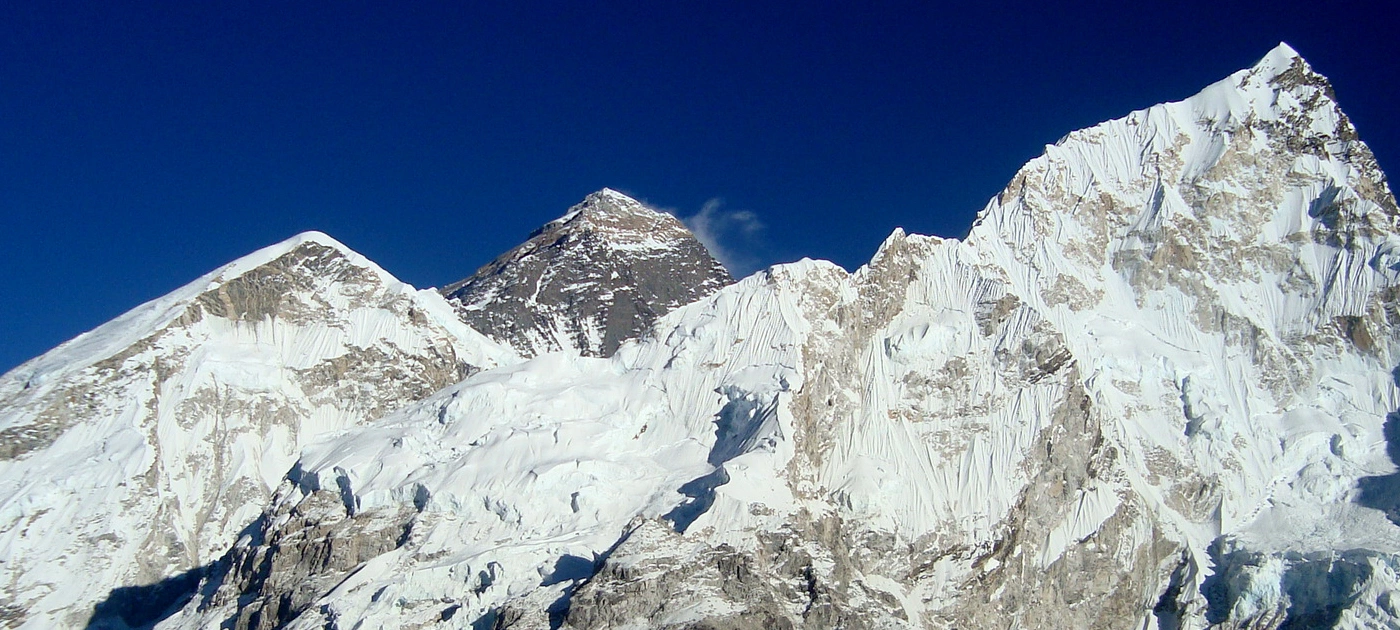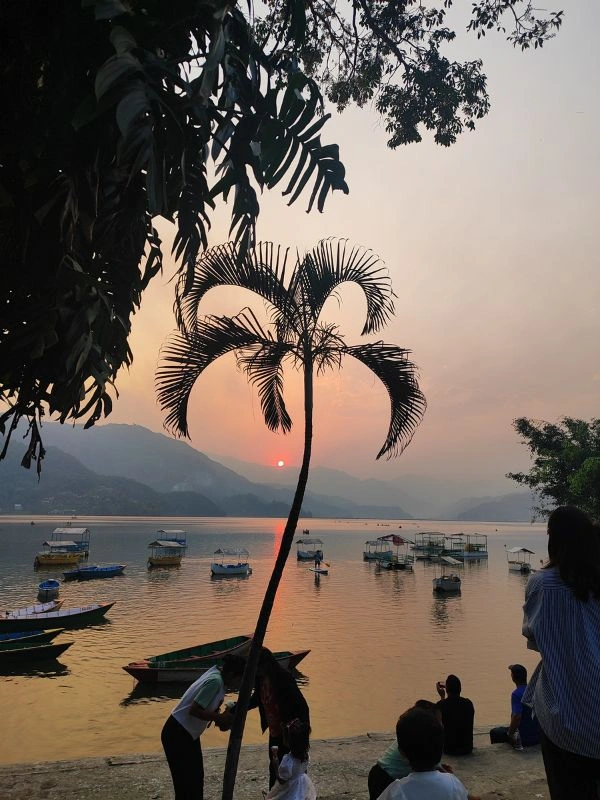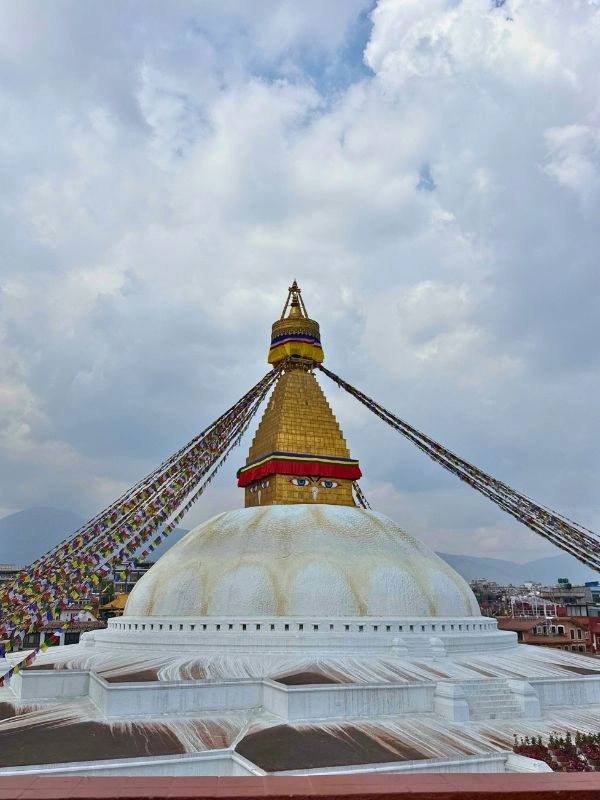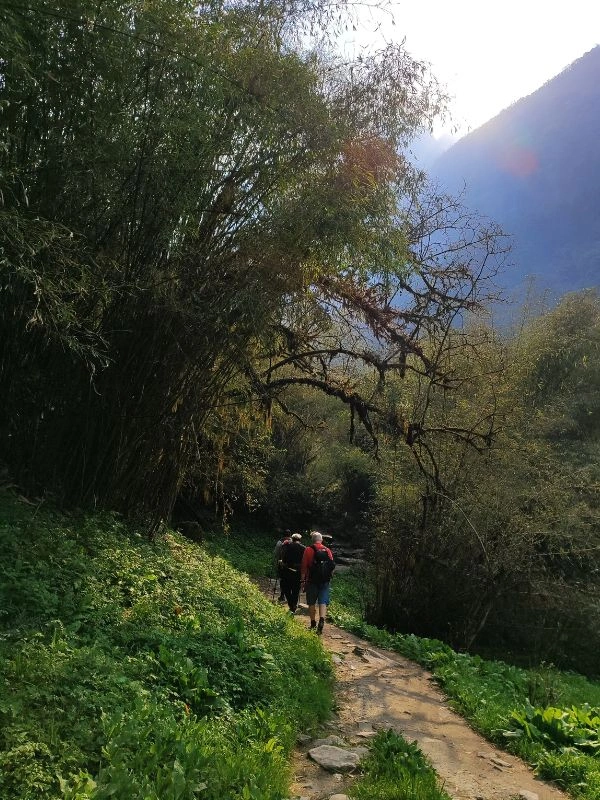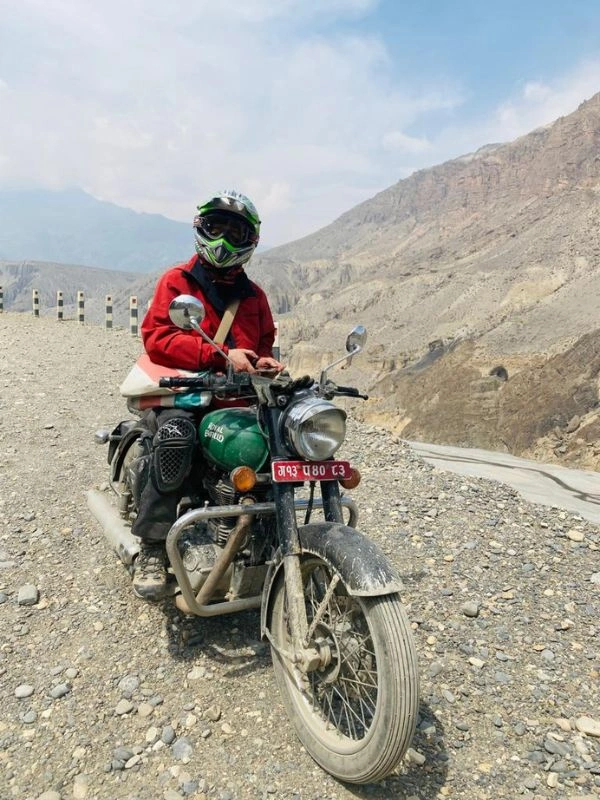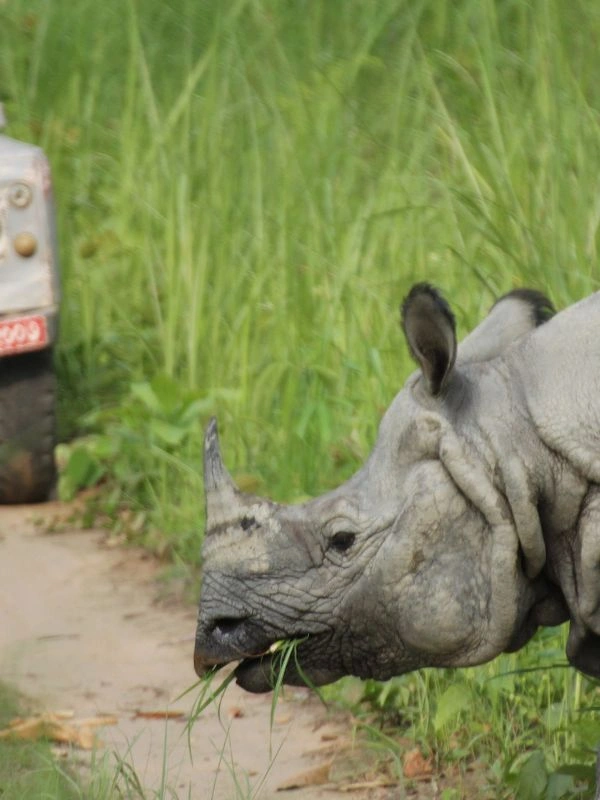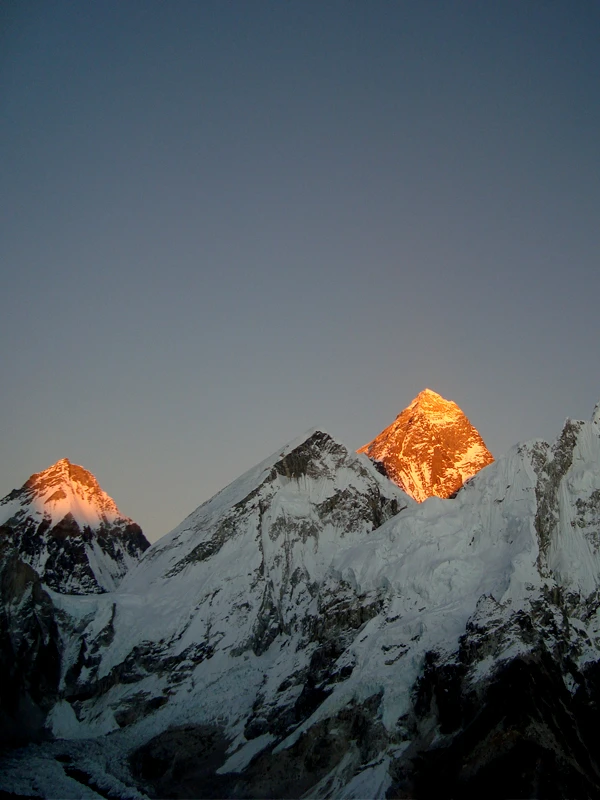Nepal is a destination that beautifully combines natural beauty, cultural richness, and adventure. Whether you're looking for the thrill of high-altitude trekking, a peaceful retreat by serene lakes, a journey into the heart of Buddhist spirituality, or an exploration of vibrant city life, Nepal has something for everyone. It is a place where the extraordinary becomes the everyday, leaving visitors with a profound sense of awe and fulfillment.
Nepal
Activities
Trekking in Nepal
Tour in Nepal
Peak Climbing
Day Tours
Hiking in Nepal
Motorbike Tour in Nepal
Wildlife Tours
Helicopter Tour in Nepal
Nepal: The Hidden Shangri-La of Nature, Culture, and Adventure
Nepal is a landlocked Himalayan country located between China to the north and India to the east, south, and west. Despite its small size, Nepal is considered one of the most beautiful countries in the world, known for its stunning landscapes, rich cultural heritage, and unparalleled adventure opportunities. It is often referred to as a hidden Shangri-La—a land of color and contrasts.
Traditional lifestyles are still prevalent in Nepal, especially in the countryside, where nature reveals its most pristine form. Of the fourteen 8,000-meter peaks in the world, eight are found in Nepal, including:
- Mt. Everest (8,848m) – the world’s highest peak
- Mt. Kanchenjunga (8,586m)
- Mt. Lhotse (8,516m)
- Mt. Makalu (8,463m)
- Mt. Cho Oyu (8,201m)
- Mt. Dhaulagiri (8,163m)
- Mt. Manaslu (8,163m)
- Mt. Annapurna I (8,091m)
These majestic peaks make Nepal a premier destination for mountaineers and adventure seekers from around the globe.
Nepal's lush valleys are perfect for trekking and mountaineering. Its diverse flora and fauna offer nature lovers an unforgettable experience. The capital city, Kathmandu—a UNESCO World Heritage Site—is a treasure trove of ancient art and culture. Alongside its wildlife, Nepal’s cultural richness makes it one of the most compelling travel destinations in the world.
Since the 1950s, Nepal has drawn adventurers and travelers interested in sightseeing, trekking, and mountaineering. Some come to scale untouched peaks, while others pursue scientific research in the high Himalayas. Today, Nepal welcomes tourists of all kinds—those seeking intense trekking or white-water rafting, and those looking for peace and cultural immersion in its scenic valleys.
Travelers can reach remote villages within a day's trek or even within a few hours from nearby roads. Nepal Spirit Adventure has been working to open these remote areas to visitors, offering treks for all experience levels. Less strenuous routes around Kathmandu and Pokhara offer sweeping views of green hills and snow-covered peaks.
Trekking in Nepal
Trekking remains one of the most popular activities in Nepal. Since trekking trails opened to foreigners, Nepal Spirit Adventure Pvt. Ltd. has been a leader in organizing adventure trekking trips in the Himalayas. Nepal’s most renowned trekking regions include:
- Everest Region
- Annapurna Region
- Langtang Region
Other notable trails include Kanchenjunga, Makalu, Manaslu, Upper Dolpo, Ganesh Himal, Rolwaling, Dhaulagiri, Mustang, and Nar-Phu Valley. The company operates along both popular and off-the-beaten-path eco-trails, including restricted routes.
Dedicated to sustainable trekking, Nepal Spirit Adventure minimizes its environmental impact. For camping treks, the team carries kerosene to avoid using local firewood. Their highly trained staff—from office coordinators to camp cooks—ensure a safe, comfortable, and enriching experience.
Trekkers can hike to the base camps of world-famous peaks like Everest, Annapurna, and Langtang, or explore the remote, arid landscapes of Upper Dolpo and Mustang—regions rich in ancient Tibetan culture.
Nepal also serves as a gateway for further Himalayan adventures in Tibet and Bhutan.
Geography
Nepal spans an area of 147,181 sq. km, stretching 885 km east to west and 145–241 km north to south. It is divided into three main geographical regions:
- Himalayan Region: Elevation ranges from 2,700m to 8,848m. This region is sparsely populated due to its cold climate and harsh terrain. It is home to eight of the world's 14 highest peaks.
- Hilly Region: Located between the Himalayas and the Terai, this region ranges from 250m to 3,000m above sea level. It supports over 50% of the population and is ideal for growing various crops, vegetables, and fruits.
- Terai Region: Spanning 70m to 250m in elevation, the subtropical Terai lies along the southern border with India. It is Nepal’s agricultural heartland, producing an abundance of food and cash crops.
Language
Nepali is the national language. However, English is widely understood by the educated population. Nepal is home to 126 local dialects, reflecting its ethnic and linguistic diversity.
Climate and Best Time to Visit
Nepal has four distinct seasons:
- Winter: December to February
- Spring: March to May
- Summer: June to August
- Autumn: September to November
Nepal is a year-round destination offering trekking, tours, mountaineering, and cultural experiences.
People and Religion
Nepal is a secular country, respecting all religions and practices. The population is broadly categorized into Indo-Aryans and Mongoloids (Kirants). Hinduism and Buddhism are the two major religions, but Muslims, Christians, and other religious groups also live together in harmony. Nepal is the birthplace of Lord Buddha, known as the "Light of Asia."
Currency and Foreign Exchange
The official currency is the Nepalese Rupee (NPR), available in denominations of Rs. 1, 2, 5, 10, 25, 100, 500, and 1,000. Coins are available in Rs. 1, 5, and 10. Foreign currencies must be exchanged at banks or authorized money changers. Receipts should be retained, and exchanges can also be made at the airport.
Art and Culture
Nepal boasts one of the world's richest traditions in architecture, sculpture, and painting, preserved for over 1,500 years. The medieval art and craftsmanship in the Kathmandu Valley reflect Nepal’s deep religious and artistic heritage. Visiting monuments and shrines across the country offers profound insight into Nepalese culture.
What to Wear
For most of the year, light woolens or cotton clothing is suitable during the day, with warmer clothes needed at night. During winter, thermal wear and heavy woolens are essential. Equipment and specialized trekking gear can be rented or purchased in Kathmandu, helping you avoid excess baggage fees on international flights.
Communications
Tourists can purchase SIM cards from Nepal Telecom (NTC) and Ncell. Most cities offer mobile, internet, STD, and ISD services. Nepal’s country code is +977.
Political System
Nepal declared itself a Federal Democratic Republic on May 28, 2008. It follows a multi-party democratic system, with a President as head of state and a Prime Minister holding executive powers. While Nepal is officially a republic, the final demarcation of federal states is still in progress.
Nepal is truly a paradise on earth. Its snow-capped peaks, enchanting valleys, and rich cultural tapestry captivate every traveler. Whether you're trekking through the Himalayas or exploring ancient temples, Nepal offers experiences that are deeply spiritual, visually spectacular, and utterly unforgettable.
